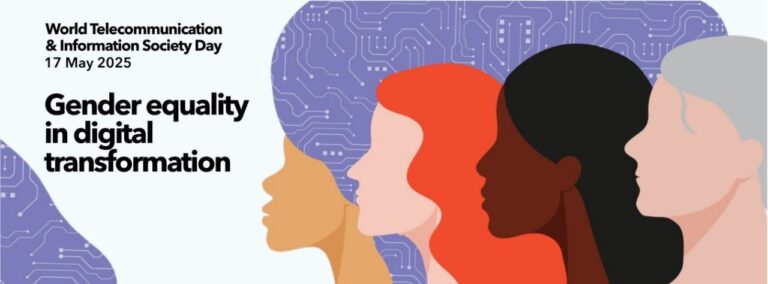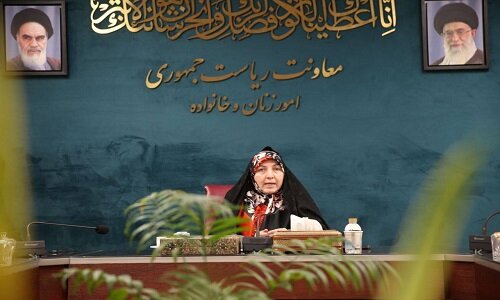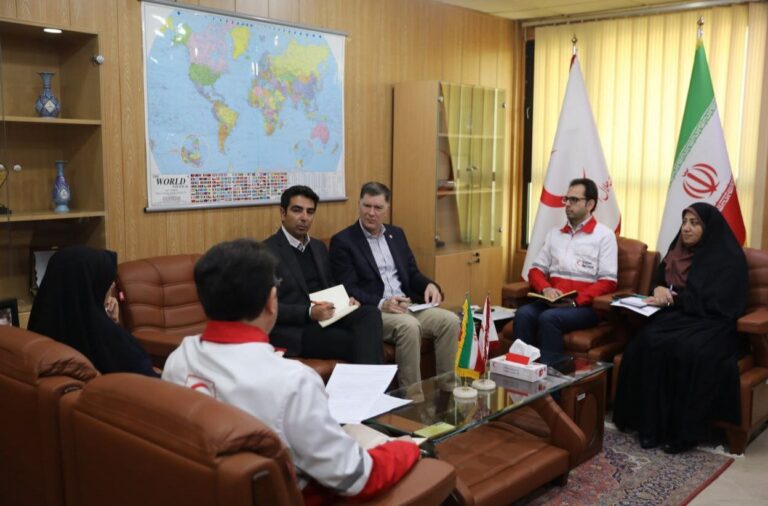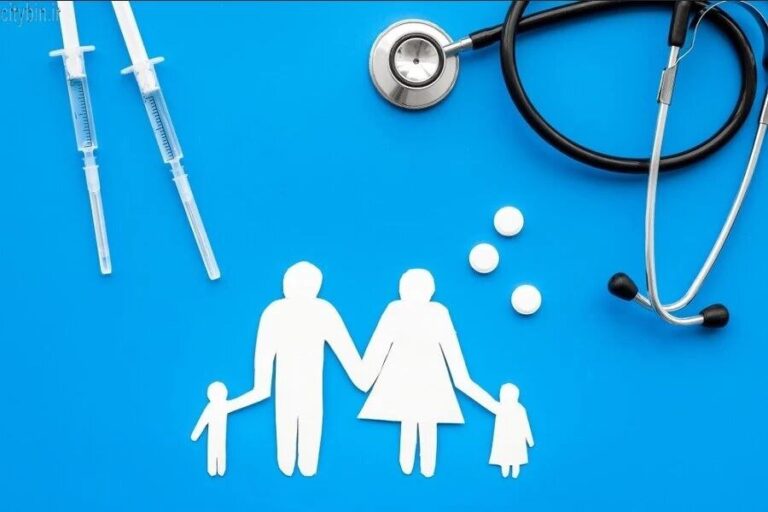
Similar Posts

Empowering Women in the Digital Age: Celebrating Gender Equality on WTISD
Access to the internet and digital technologies is essential for progress, yet around 2.6 billion people, mainly women, face barriers to participation in the digital economy. On World Telecommunication and Information Society Day (WTISD) 2025, the focus is on advancing digital gender equality, enabling women and girls to benefit from digital transformation. Zahra Behrouz-Azar emphasized empowering women to leverage digital development for broader social improvements. WTISD also marks the 160th anniversary of the International Telecommunication Union, highlighting its role in promoting global connectivity. Ensuring equal access to digital tools is vital for economic growth and sustainable development.

Empowering Leadership: Over 70 Women Taking Charge in Key Positions
Iran is making strides in gender equality with over 70 women in key government roles, including vice presidents and ministers. Fakhrossadat Fatemi, from the Vice Presidency for Women and Family Affairs, highlighted these advancements at the 48th Universal Periodic Review session in Geneva. Key achievements include a reduced gender gap in education to 3%, women comprising over 52% of students, and increased female representation in STEM fields. The Iranian government is implementing policies to enhance women’s rights and participation in governance, which is crucial for sustainable development. Fatemi emphasized the importance of international collaboration to further empower women globally.

IRCS and ICRC Join Forces to Enhance Services in Underserved Communities
In a recent meeting in Tehran, the Iranian Red Crescent Society (IRCS) and the International Committee of the Red Cross (ICRC) discussed enhancing collaboration to provide vital medical and rehabilitation services in underserved areas of Iran. ICRC representative Vincent Cassard stressed the importance of preventing disabilities and expanding psychosocial support. The IRCS, with its 270,000 personnel, is committed to improving access to healthcare. A joint secretariat for rehabilitation services was established, aiming to streamline efforts and promote international cooperation. Both organizations focus on addressing the pressing needs of individuals with disabilities, enhancing the overall healthcare system in Iran.

Record-Breaking Year: Over 14,000 Multiple Births Registered in Just 9 Months!
The Iranian Civil Registration Organization reports that in the first nine months of the current calendar year, there were 14,090 multiple births, including 13,565 twins and 504 triplets, highlighting a growing trend in such births. Tehran led with 2,127 cases. Overall, there were 734,249 registered births, with multiple births constituting about 4%. Additionally, Iran’s aging population is growing at 3.62%, significantly outpacing the general growth rate. Projections indicate that by 2050, 32% of the population will be over 60. These trends present challenges for healthcare, social services, and economic planning in Iran.

Iran’s Healthcare Crisis: Soaring Medical Costs Loom as Preferential Currency Policy Disappears
Iran’s healthcare sector is facing a crisis as inflation rises and the government eliminates the preferential exchange rate for importing medical equipment, increasing costs dramatically. Mehdi Pirsalehi, head of the Food and Drug Administration, revealed that the exchange rate will now be 28,500 tomans, a sevenfold increase. This policy change has led to a tenfold rise in medical equipment costs, straining hospitals and insurance coverage. Reports indicate some medicines have surged in price by up to 200%, with significant shortages. As healthcare becomes less accessible, critics warn that the economic burden is disproportionately affecting the impoverished population.

Celebrate National Health Week: Prioritizing Wellness and Well-Being!
National Health Week will occur from April 21 to 27, focusing on crucial health issues to raise public awareness and promote collaboration for better health. The week features daily themes, including health equity, maternal health literacy, and public health engagement. Coinciding with World Health Day on April 7, which highlights the urgent need for improved maternal and newborn health, this year’s campaign emphasizes reducing preventable deaths among mothers and infants. Key objectives include raising awareness of survival gaps, advocating for investments in women’s health, and encouraging community support for healthcare providers. Together, we can foster healthier futures for families.